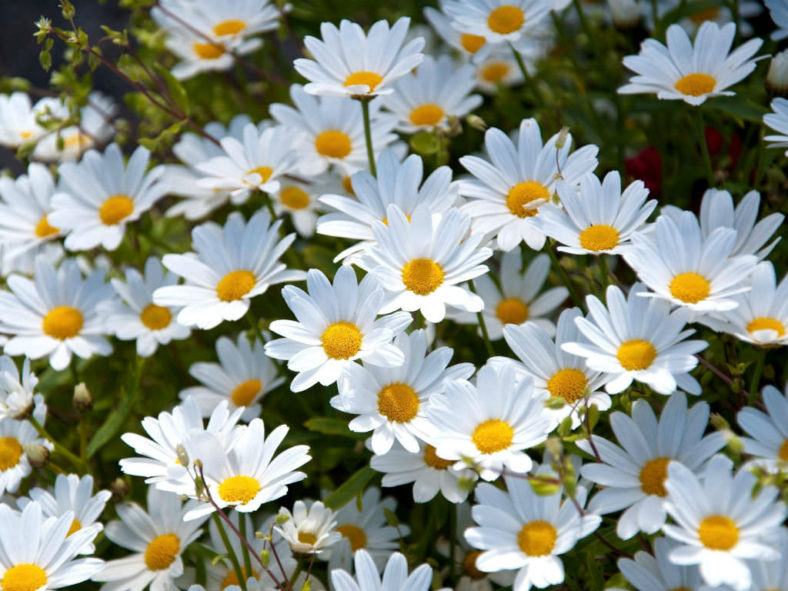Daisy has innocence and simplicity that make it an immediate favorite of young and old. Here are the ten most interesting things about daisies.
1. Daisies belong to one of the largest families of plants in the world
Daisies belong to the family of "vascular plants" that circulate nutrients and water throughout the plant. They make up almost 10% of all flowering plants on Earth.
2. Daisies are found everywhere on Earth except Antarctica
3. The name 'daisy' is thought to come from the Old English "daes eag"
"Daes eag" is thought to mean "day's eye," after the way in which it opens at dawn.
4. The Daisy family, known to scientists as Compositae, was classified in 1792
This was classified by Paul Dietrich Giseke, a German botanist and close friend of the Swedish "father of modern taxonomy," Carl Linnaeus.
5. Daisies represent purity and innocence
6. A daisy is actually two flowers in one
The (usually) white petals count as one flower, and the cluster of (usually) tiny yellow disc petals that form the "eye" is technically another.

7. Daisy leaves are edible
Daisy leaves can make a tasty addition to salads (they're closely related to artichoke and are high in Vitamin C).
8. Daisies have lots of medicinal properties
Daisies are thought to slow bleeding, relieve indigestion, and ease coughs. In homeopathy, the garden daisy is known as the gardener's friend for its ability to ease an aching back.
9. If not controlled, some daisies can become serious weeds
This is because they thrive in generally inhospitable conditions and are resistant to most bugs and pesticides.
10. Bees love daisy relatives
These include Goldenrod, making them an important friend of honey makers.
Source: telegraph.co.uk
Links
- Plantpedia: Browse flowering plants by Scientific Name, Common Name, Genus, Family, USDA Hardiness Zone, or Origin

